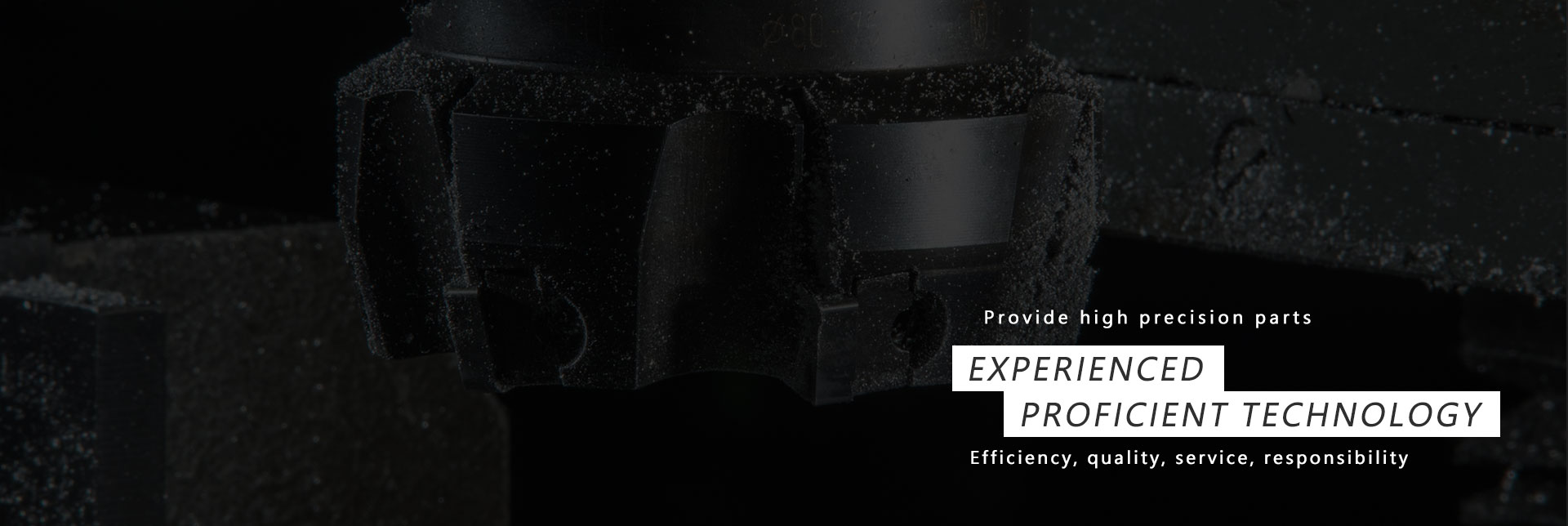
Almost all metal design and metal processing can not be separated from the lathe, even if it is modern precision forging or 3D printing, some dimensions need to be repaired to meet the accuracy requirements of the workpiece. The operating principle of traditional lathes is a bit like a broken machine, which uses human hands to carry out carving and cutting methods through fast rotating round metal workpieces.
A large number of metal products are widely needed, and milling machine processing has become the key to production. Later, after the development of steam engines, the application of belts and gears, the full-gear high-speed lathe has evolved and completed. Since traditional lathes are operated 100% by manpower, it is conceivable that the quality level of the workpiece will be very closely related to the processing master. If the master drank and didn't sleep well yesterday, the defective rate of lathe workers the next day may be as high as 10%.
The earliest milling machine processing was invented by Whitney, USA in 1818, and the first universal milling machine appeared in 1862. After that, milling machine processing technologies such as gantry milling machines and semi-automatic milling machines were successively developed. After the 1970s, the numerical control system of the microprocessor and the automatic tool change system have been widely used in milling machine processing, expanding the scope of milling machine processing, and improving processing accuracy and efficiency.


